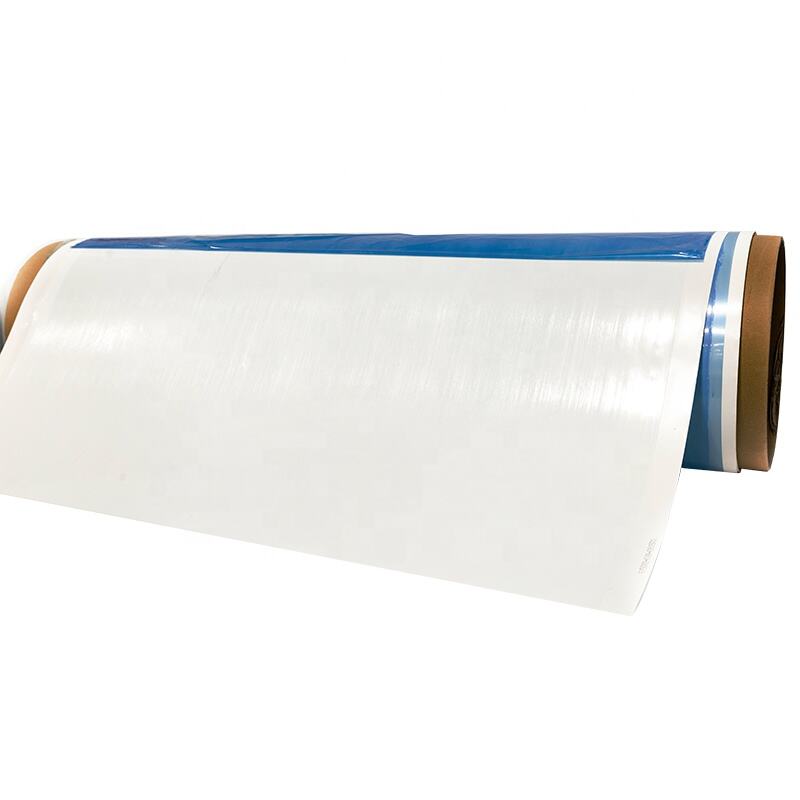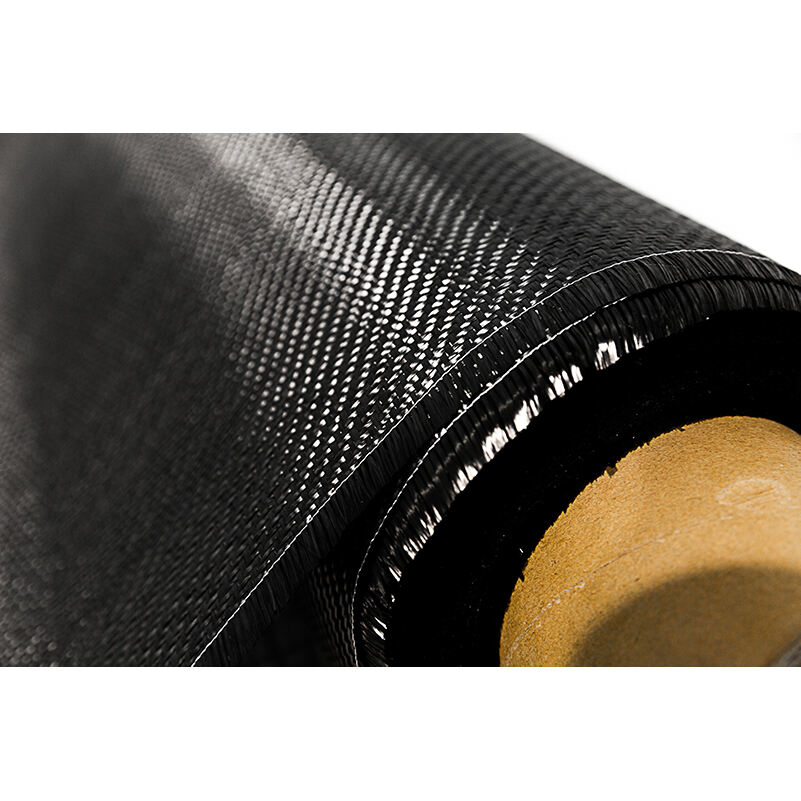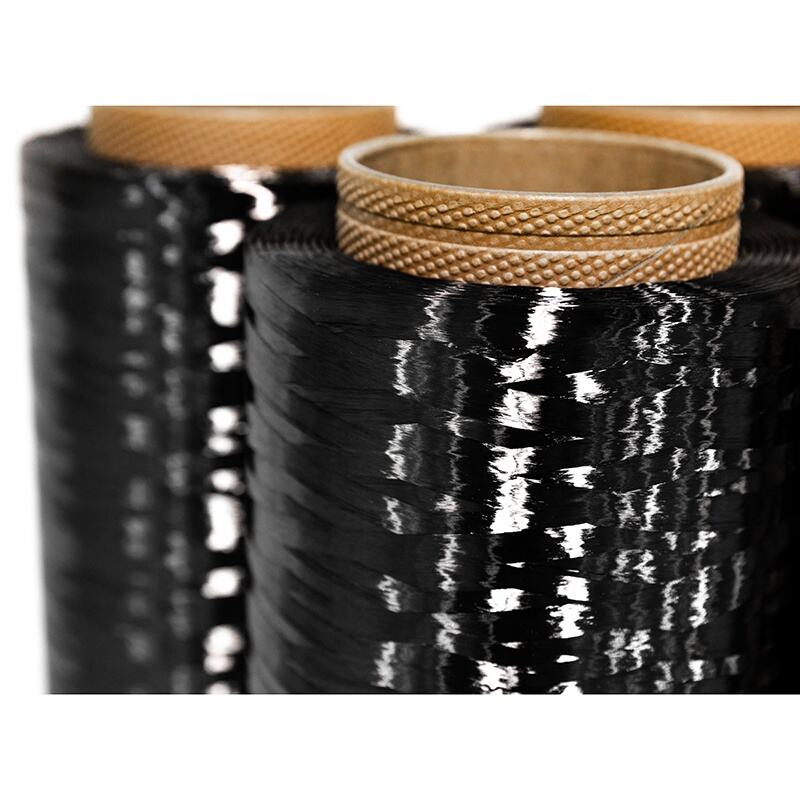custom carbon fiber parts
Custom carbon fiber parts represent the pinnacle of modern manufacturing technology, offering an exceptional combination of strength, lightweight properties, and design flexibility. These advanced components are engineered to precise specifications, utilizing high-grade carbon fiber materials and cutting-edge manufacturing processes. The parts are created through a meticulous layering process where carbon fiber sheets are impregnated with specialized resins and formed under controlled conditions. This results in components that exhibit superior structural integrity while maintaining minimal weight. The versatility of custom carbon fiber parts extends across numerous industries, from aerospace and automotive to sporting goods and medical equipment. These components can be designed to meet specific load requirements, thermal conditions, and dimensional constraints while offering superior fatigue resistance compared to traditional materials. The manufacturing process allows for complex geometries and integrated features that would be difficult or impossible to achieve with conventional materials. Additionally, these parts can be finished with various surface treatments and coatings to enhance their appearance and durability, making them ideal for both functional and aesthetic applications.


